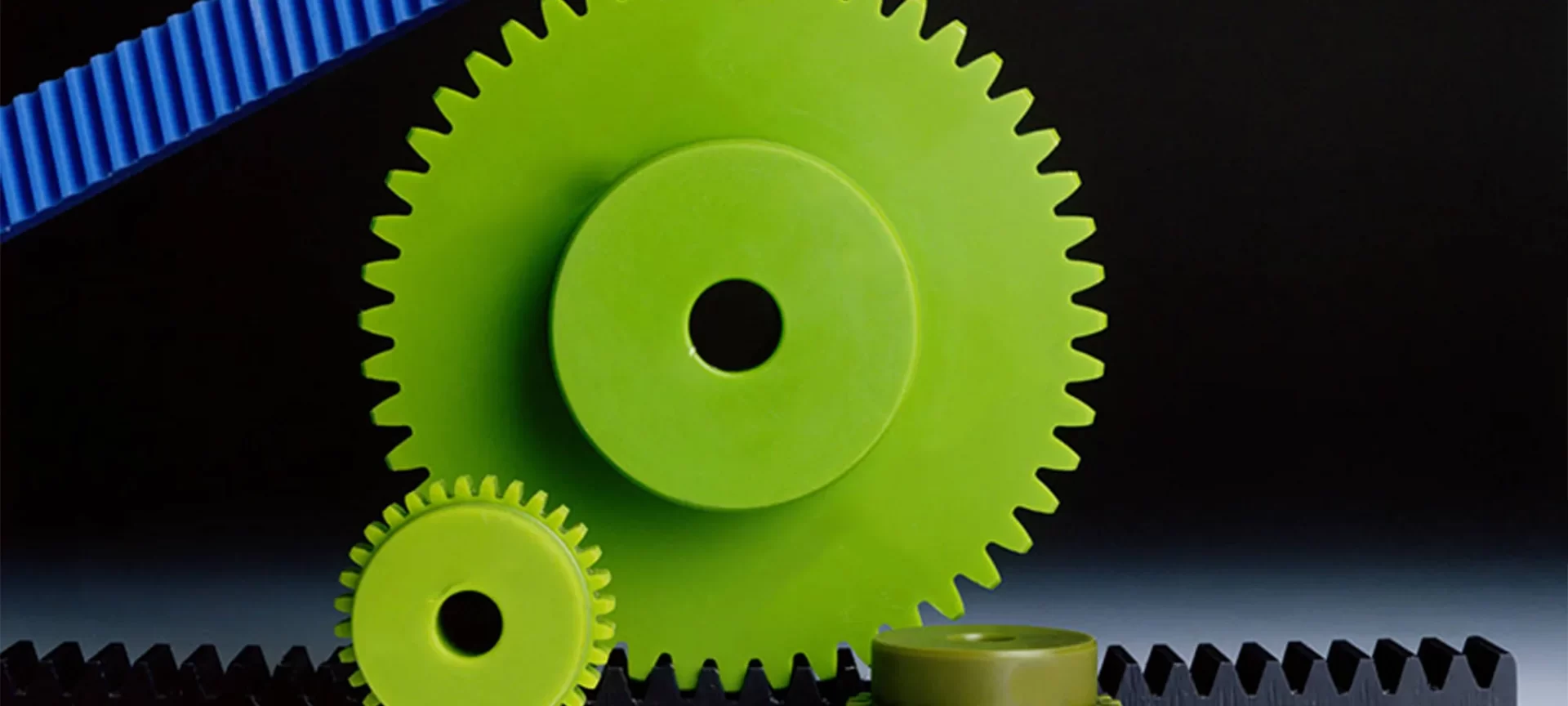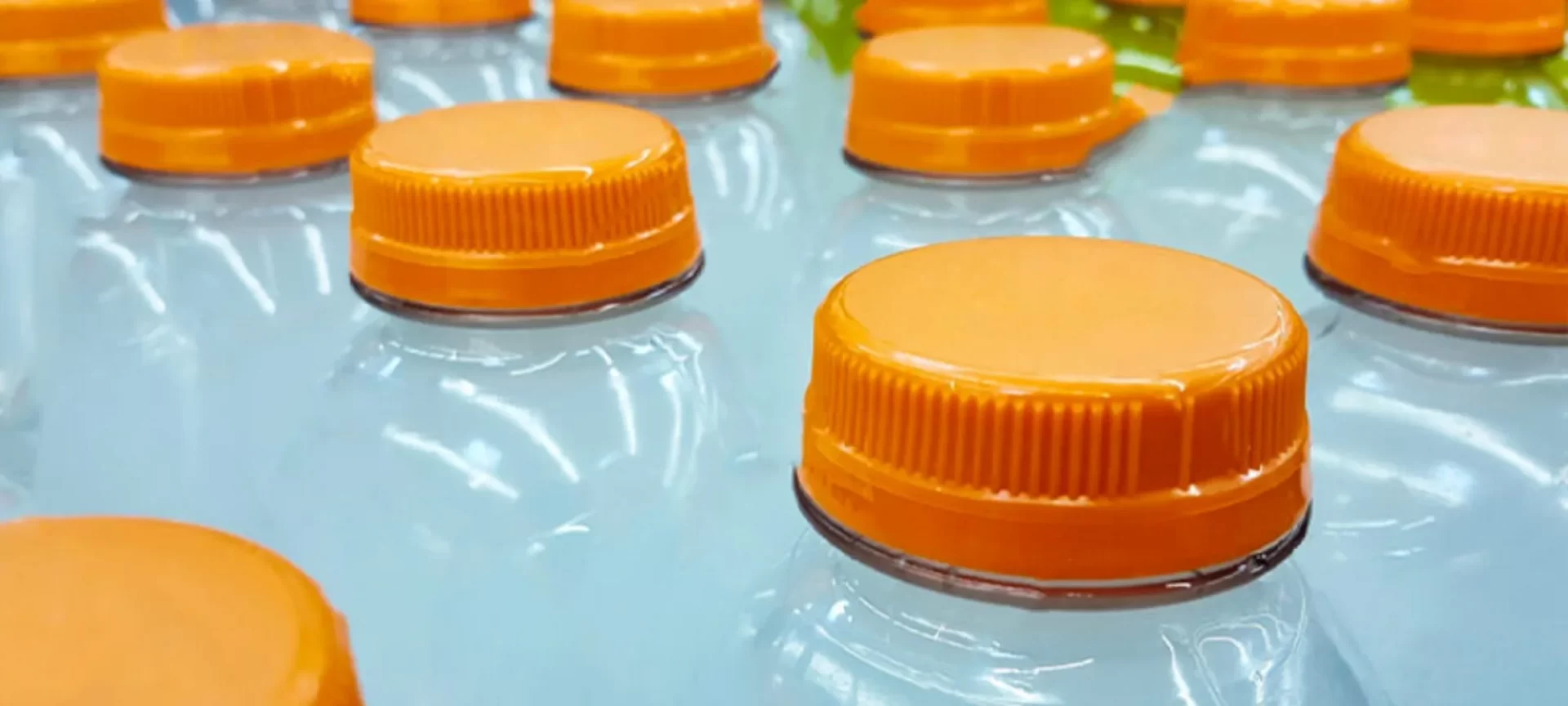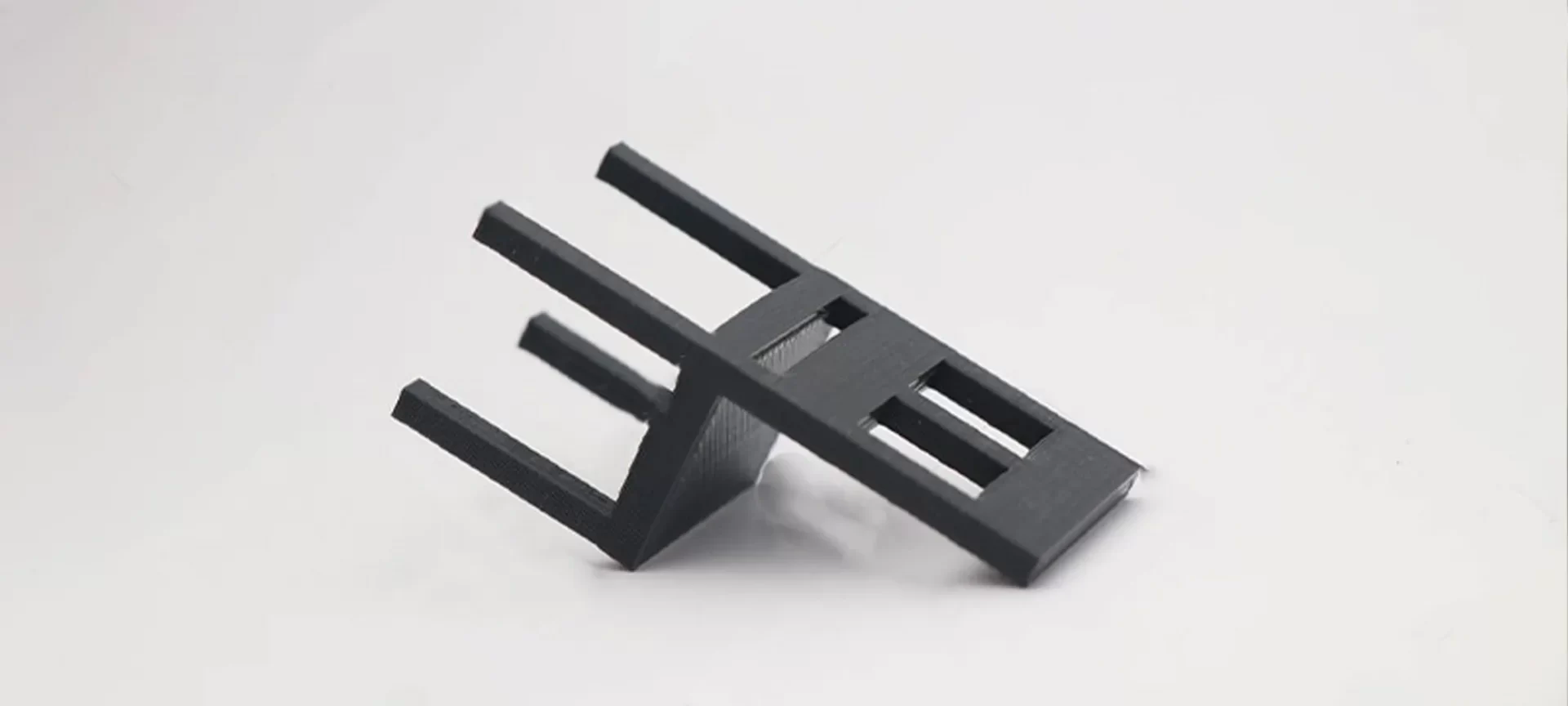High-density polyethylene filament is also known as HDPE Filament or simply the colloquial.
If the name sounds familiar, that’s because it’s the same material that is used for holding your milk, laundry detergent, bottled soda, and many other common products.
And how is it that HDPE 3D printing is very omnipresent as a material that’s used for making essentials of our daily lives? Because of its high strength to density ratio.
HDPE is generally known to be suitable with FDM 3D printing technology when used as a filament.
In this article, we are going to talk about HDPE in general. What are the material properties, how is it is used, what are the advantages and disadvantages of HDPE 3D printing, and where can you buy this material from? Before starting let’s talk a little bit about this in general.
The lack of branches in HDPE’s molecular structure results in the material’s high strength to density ratio that allows for the groups to close-pack that provides strength and in certain ways crystallization too but depending on the process.
There are many features of HDPE of which one can take advantage of, while 3D printing parts and functional prototypes.
This material is light in nature, flexible while using, easy to dye and mold, and has a good insulating property.
HDPE has a non-absorbent property that can be used for everyday materials. Now that you have a little bit about the material, let’s look at what all you can print using HDPE 3D printing material.
What are the Applications of HDPE 3D Printing?

If some characteristics of a material are to be attributed the credit of why it is used in certain applications then HDPE’s use in a wide range of 3D printed parts and functional prototypes could be attributed to HDPE’s strength, low density, and non-toxicity.
For making parts and functional prototypes that float in water
Because of the material’s low density, each 3D printed objects retain their buoyancy even at sizes which are large enough. HDPE also has the ability to not absorb water, so it is not hygroscopic.
And both of these reasons make the material enough capable of making your own boat! That’s correct! Your boat can be made using HDPE.
In case you do not own a 3D printer large enough to build a canoe, you can take advantage of bathing or pool toys.
HDPE can be used for making anything that you wish to play within the water without worrying that it will sink.
For making parts and functional prototypes like food containers and lids
Storage solutions such as containers made from manufacturing companies like Tupperware can be made using HDPE 3D printing easily. And these are practical solutions that can be used in an everyday life.
These containers are too guaranteed to be non-toxic and non-dissolving or absorbing water.
Due to such property, drinking accessories such as coasters and koozies can also be manufactured using HDPE.
Although, after they are 3D printed, you should make sure that you hand wash them so that they stay neat.
For making parts and functional prototypes like medical objects
While the previous parts and functional prototypes are used for making products for home use, this section concerns industrial 3D printed products.
HDPE’s specialty as 3D printing is currently trending and making changes in the medical field for the betterment of the industry.
Containers transform into medical containers while speaking about the medical industry from day today. The specifications change accordingly.
The HDPE makes up for a good food container filament as it is certified to be non-toxic by the FDA and also resistant to water absorption.
Industrial 3D medical equipment makers are currently experimenting with more invasive medical objects in the field such as replacement or lost pieces of bones.
The strength and lightness of HDPE make the material lighter which suits the medical needs of the doctor while treating a patient.
HDPE is sustainable and as a material, it lessens the down cost of material and also makes it more accessible than what it is.
Pros and Cons of HDPE

- HDPE is used as a liquid container that is not as soluble in water as others. This characteristic translates into the 3D printing filament as well which makes it a great container making material.
- The composition of HDPE keeps it away from branching at the molecular level which is where the high strength relative to the mass of the material characteristic comes from. HDPE, as a 3D printing material is known to give great support for designs that are extensive without weighing them down to very much work.
- HDPE dissolves in the material named Limonene which makes it up for a support that can be easily melted away. The material is light in weight, so your object will have to light in water like a floating toy. It is non-absorbent so your object will be watertight as well as the material is chemical resistant so your object can be exposed to harsh elements as well.
- The polymer is widely used in the industry because of its chemical resistant property. Because of this and because the material is FDA approved, it is rated as food-safe, non-toxic to the extent that you can eat it. FDA’s approval means that the material can be used for making medical objects without worrying about the HDPE filament’s effect on contamination of biological material.
- Recyclability of HDPE 3D printing is something that needs to be specially mentioned because of the lack of recyclable filaments in FDM 3D printing. HDPE is tagged as number 2 recyclable plastic and this tag has been given to materials that are used for making jugs, cleaning agents, laundry detergents, and shampoo bottles. Items that are subjected to outlast exposure to sunlight, heat, or freezing can be made using HDPE. Examples of such applications include plastic lumber, items such as plastic waste bins, outdoor tables, park benches, and even bed liners in trucks.
- HDPE creates a completely nuanced concept for plastic waste produced by humans. The projects that you are not able to finish because you have failed in your calculations while busy doing it, and in case you have used HDPE for this experiment, you can recycle them easily without worrying much.
- This accessibility to easy failure and yet, not much effect on the environment gives you more flexibility to experiment on a larger scale and take more risks because, in a way, you have nothing to lose.
- There have been reports of people criticizing HDPE 3D printing because the printing complexities that one faces are tricky. This trickiness is concerned with high-temperature nozzle and print bed requirements. In addition to this, the tendency of the material warp combined with bed adhesion characteristics makes HDPE a tough material for newbies to print with.
- High-temperature nozzle and print bed requirement make HDPE a bad material while printing using generic FDM 3D printers. While HDPE 3D printing, the print chamber needs to maintain a temperature range of 230 to 260 degrees Celsius. In case you let the temperature go higher, the polymer would be converted into hazardous flames that can damage your health.
- Due to the natural properties of the HDPE material, warping is a general property while printing with this material. For knowing what is a good rate of cooling with the material, one is advised to try a sample printing for seeing how much of your products actually shrink and develop angles of the print that are uneven. And this becomes too complex in case you have just started dealing with 3D printing technology.
- A bad layer adhesion generally requires HDPE to have a base layer or raft for preventing warping effect on the part or functional prototype that you 3D print with and improve overall sticking on the material with the printer’s print bed.
How to Set the Printer while HDPE 3D Printing?

The one matter of relief for all the newbies in the field of 3D printing is that HDPE can be printed using FDM 3D printing technology which is the most basic type of 3D printing technology.
It uses a filament that is solid at the start of the 3D printing process and needs to reach the glass transition temperature in the extruder, after which the nozzle system of the printer finally lays it over the print bed of the printer.
However, the general case of printing with FDM 3D printing technology using any filament does not quite easily apply to HDPE as well. Experts recommend buying a rig while 3D printing with HDPE.
Most of the settings that are recommended with ABS, also work with HDPE and as ABS is the most common filament while printing with FDM 3D printers, you wouldn’t find it difficult to find such a 3D printer.
The nozzle temperature of your 3D printer while printing using HDPE filament is recommended to be in the range of 230 to 260 degrees Celsius.
Only then can one enjoy the material continuously flow through the extruder of the printer.
Keeping the temperature too high would mean that you are subjecting yourself to a toxic smell. So, you are generally advised to keep an exact temperature range while HDPE 3D printing.
Because HDPE has self-adhesion and shrinkage when you are cooling the material after having laid down the layers of the part or functional prototype that you are 3D printing using the 3D design files.
These characteristics of HDPE keeps the material stable and warm enough to retain its shape after having printed the liquid layers.
So when you are cooling this material it gives an overall stickiness to the object’s foundation.
Using HDPE Specifically for Home

If you list down the number of items that you are currently using at your home that are made of HDPE filament, you would be shocked about its applications in manufacturing household goods.
Jugs, containers, and in printing other materials HDPE can be very fun to play with, but the filament is still a developing one.
So, inventors are experimenting with the material for finding applications of the same in various fields.
Household items are one of the most important areas where HDPE 3D printing is extensively used, just as for making medical equipment.
Another use is for making products that are completely recyclable. So, if you are thinking to experiment with your next project with exciting material, why not choose HDPE.
Designers on 3D printing repositories such as Thingiverse is where you see this material is recommended for various applications using household appliances as well as medical equipment.
Options for buying the material are available on Felfil’s filament extruder as well as other styles similar to this on the website of printer manufacturer Makerbot’s.
The Conclusion
HDPE 3D printing is still in its development stage so you can try your innovative ideas and gift the world the exact area in which this material can be used for 3D printing parts and functional prototypes.
There is not just one place where you can buy this 3D printing filament from. In fact, there are many. But before buying this filament you will have to carefully match the properties and see how it suits your printer.
HDPE 3D printing can be made possible by buying the filament from Filaments.ca, Filaments. Directory, and Filabot EX2 Filament Extruder at various prices such as $25.92 per kilogram, $42 per spool, and $2699, respectively.
And remember the most important point, that it does not matter if you fail with your print using the HDPE material because it is recyclable.
So, although this material has enough cons, it can be rated as one of the best materials for experimenting with your prints. So good luck and get started by bringing your innovative imaginations into reality.







